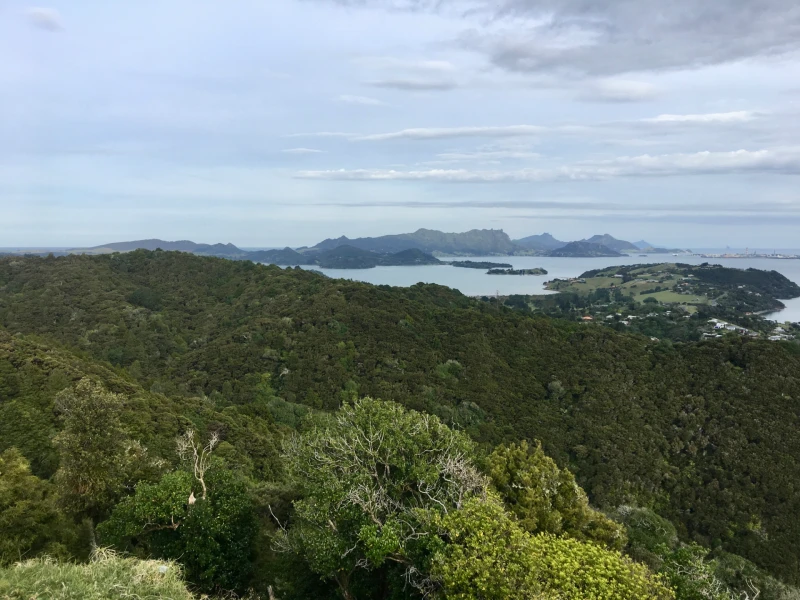Pakikaikutu
Ngāti Pūkenga were on a mission to procure munitions from the English in preparation to defend themselves and their lands. A Pūkenga chief, Moeroa Paretaura, travelled to Pewhairangi, Bay of Islands.
As they passed the entrance to Whangarei harbour, one of warrior expressed his desire to visit his sister, Te Rore. She had married a great chief of Whangarei, Wharepoaka. He disembarked and went on his way to his sister’s home. He was not aware that he was being followed.

The warrior stopped at a small river to drink and rest. While stooped at the waters edge, his stalker crept up behind him and killed him. The murderer proceeded to fillet, cook and eat his victim.
Word reached Moeroa that their young friend has been slain. They quickly returned to Whangarei from the Bay of Islands.
The chiefs of Whangarei also heard of the terrible deed and that Ngāti Pūkenga were on their way. No one was safe. The chief deliberated and devised the best way to handle the situation as it was their own that had killed the young man. Some advocated for war but their Ngāti Pūkenga’s ferocious prowess for battle was well known. In fact, they had called upon Ngāti Pūkenga to support them in their own battles, in which they were victorious.
Te Tirarau and other chiefs concluded that Ngāti Pūkenga were just in their quest and they must respond in a chiefly manner. They decided to meet the war party together at Parua Bay.
On board the waka, Moeroa and his crew were eager to use their newly acquired muskets. As they paddled closer he could see that the group on land were chiefs. Moeroa told his crew to hold their attack until they could determine the warriors’ purpose. Moeroa could see Te Tirarau amongst the group. He knew this man well as they had previously fought together so gave them the benefit of the doubt.
The warrior issued his wero, his challenge, by throwing a dart at Moeroa’s feet and signalled for him to collect it. Moeroa indicated to one of his best warriors to take up the challenge. The dart was picked up and therefore the challenge was accepted.
The young man on shore sprinted up the beach. Moeroa’s warrior jumped out of the waka and sped after him. The two men raced towards the group of chiefs. Moeroa’s man quickly caught up to his challenger and once he was easily in his reach, stopped and returned to his own people on the waka, not even panting. The mana of both sides stayed intact.
However, there was still a price to pay for the life that was taken. The challenge merely showed that those of Whangarei acknowledged Ngāti Pūkenga’s skills and mana.
Moeroa and his crew came ashore and kneeled while their chief lay in wait on the sands. Te Tirarau stepped forth and spoke of the crime committed and also acknowledged that utu had to be paid. He suggested the debt be paid by other means as the perpetrator hadn’t been found.
He invited Moeroa and his people to the site in which the crime happened so they were able to lament their fallen comrade. And this they did.
While at this spot, Te Tirarau suggest that the usually blood-for-blood utu would perpetuate the violence. Instead, Pūkenga were gifted the land in which their man had been killed as well as more land so that they could settle here and become tangata whenua.
Pūkenga was already involved in other battles in other areas so Moeroa decided not to engage in yet another war. He accepted the offer and proclaimed utu would be paid in land and equal right to those of the tangata whenua of the area.
Moeroa decided that his fighting days were over and settled there in Whangarei with some of his crew while the rest returned to other Pūkenga lands in Manaia, Tauranga and Maketū. He lived at Pakikaikutu, dying in his nineties. He was buried there at Pakikaikutu.
The People of our Nohoanga.
There are no Nohoanga to display.

